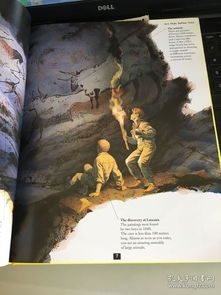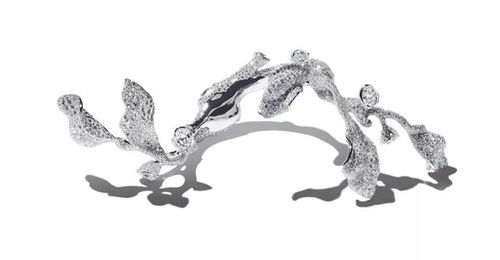Content:
Embarking on the vast blue seas, one of the most beloved pastimes among the adventurous souls of the One Piece universe is fishing. Whether you're a seasoned pirate or a budding mariner, mastering the art of fishing can be a valuable skill. In this comprehensive guide, we'll delve into the various techniques and provide you with a step-by-step diagram to help you become a fishing expert. So, grab your rod and let's dive into the world of One Piece fishing!
Understanding the Basics of Fishing in One Piece
Before we dive into the intricacies of fishing techniques, it's important to understand the basics. In the One Piece world, fishing is not just about catching a big catch; it's about strategy, timing, and sometimes a bit of luck. Here are some fundamental concepts to keep in mind:
Types of Fishing: There are several types of fishing techniques in One Piece, including pole fishing, net fishing, and line fishing. Each has its own advantages and is suitable for different types of sea creatures.
Fishing Gear: The right gear can make all the difference. In One Piece, this includes fishing rods, hooks, lines, bait, and lures. Quality gear can help you catch larger and more elusive fish.
Weather and Tide: The conditions of the sea can significantly impact your fishing success. In One Piece, understanding the weather and tide patterns is crucial for planning your fishing trips.
Step-by-Step Fishing Techniques
Now that we have a grasp of the basics, let's explore some of the key fishing techniques in One Piece, along with a detailed diagram for each step.
Pole Fishing Technique
Step 1: Assemble Your Gear
- Choose a sturdy fishing rod.
- Attach a line to the rod, ensuring it's the right length for your needs.
- Add a hook and a sinker to the line.
Step 2: Cast Your Line
- Hold the rod with both hands and stand with your feet shoulder-width apart.
- Swing the rod back and then forward, releasing the line as you do so.
Step 3: Wait for a Bite
- Keep the line taut but be ready to set the hook.
- Feel for any resistance or pull on the line, which indicates a potential bite.
Step 4: Reel in Your Catch
- Once you feel a bite, slowly reel in the line.
- Set the hook by jerking the rod upwards.
Diagram: Pole Fishing Technique
[Insert a detailed diagram showing the assembly of gear, casting, waiting for a bite, and reeling in the catch.]
Net Fishing Technique
Step 1: Choose the Right Net
- Select a net that matches the size of the fish you're targeting.
- Ensure the net is well-maintained and free of tears.
Step 2: Set Up Your Net
- Attach the net to a fishing rod or a boat, depending on your situation.
- Ensure the net is properly aligned and ready for action.
Step 3: Position Your Boat
- Position your boat close to the area where you want to fish.
- If you're using a boat, slow down or anchor to keep steady.
Step 4: Cast Your Net
- Cast the net out into the water with a strong throw.
- Ensure the net is spread out evenly and covers the area you want to fish.
Step 5: Retrieve Your Catch
- Once the net has done its job, slowly retrieve it.
- Be careful not to lose any fish that may be caught in the net.
Diagram: Net Fishing Technique
[Insert a detailed diagram showing the selection of the net, setting up, positioning the boat, casting the net, and retrieving the catch.]
Line Fishing Technique
Step 1: Prepare Your Line

- Tie a sturdy knot at the end of your line to prevent it from unraveling.
- Attach a lure or bait to the hook.
Step 2: Cast Your Line
- Follow the same casting technique as pole fishing.
- Ensure your line is long enough to reach the desired depth.
Step 3: Wait for a Bite
- Similar to pole fishing, wait for any resistance on the line.
- Be patient and don't rush the process.
Step 4: Reel in Your Catch
- Once you feel a bite, reel in the line slowly.
- Set the hook as soon as you feel the fish pull against the line.
Diagram: Line Fishing Technique
[Insert a detailed diagram showing the preparation of the line, casting, waiting for a bite, and reeling in the catch.]
Conclusion
In the vast and mysterious seas of One Piece, mastering the art of fishing can lead to unexpected adventures and bountiful catches. By understanding the basics and practicing these techniques, you'll be well on your way to becoming a fishing aficionado. Remember, the key to success is patience, skill, and a bit of the pirate spirit. Happy fishing!












